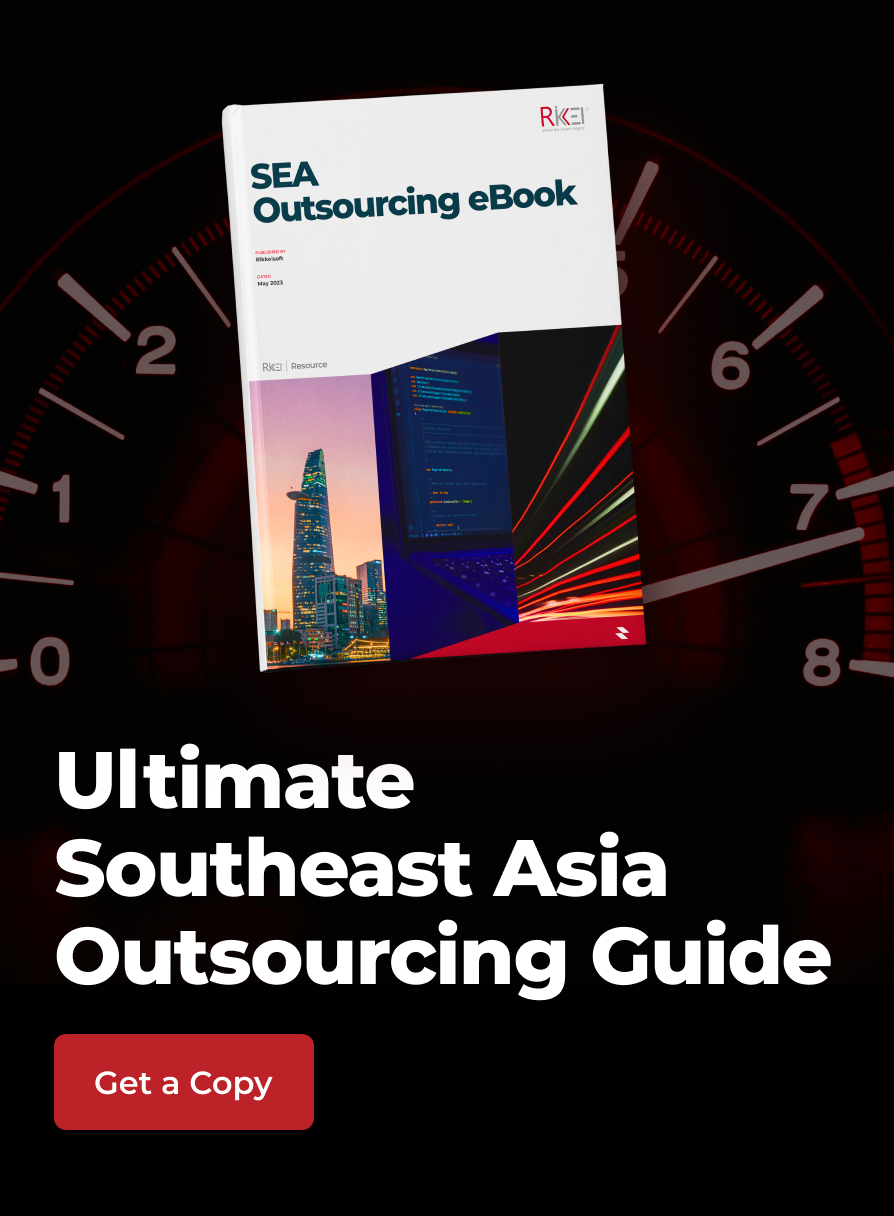Software Engineer Interview Questions & Answers
Contents
Employing a software engineer is a procedure that takes caution. A competent software engineer will help your business grow, but one who lacks the necessary skills or a strong work ethic will slow down and hinder your progress.
To effectively recruit software engineers, you should know the best questions to inquire about during the hiring process.
Below are 70 of the most popular software engineer interview questions to ask potential candidates about their skills and knowledge to guarantee a smooth hiring process. Candidates can also use this guide as a starting point to look for potential jobs.
50+ Popular Software Engineering Interview Questions & Answers
1. What is the definition of Baseline?
A baseline is a project milestone typically defined by the project leader. Baselines are utilized to track project progress and regularly evaluate the overall project’s state of health.
2. What is the definition of Black box testing?
Black box testing is trying an application without knowing its internal structure and code implementation. In black box testing, testers would be concerned with the software’s functionality instead of data flow and code execution in the back end.
3. What is the definition of White box testing?
White box testing is trying an application without knowing its internal structure or code implementation. In most cases, this testing is done by the developer who wrote the code in unit tests.
4. What are the most crucial software categories?
- Application software
- System software
- Web software
- Embedded Applications
- Artificial Intelligence software
- Scientific software.
5. What is the definition of software re-engineering?
It is a software development process that improves a software system’s maintainability.
6. What exactly is the distinction between a computer program and computer software?
A computer program is a part of programming code that runs on a computer. It carries out a specific task. Meanwhile, the software contains programming codes, documentation, and a user guide.
7. Currently, what are the SDLC models available?
Spiral Model, Waterfall Model, V- model, Iterative Model, and Big-bang Model are some of the most popular SDLC models available.
8. What is the process of software development?
The software development life cycle consists of the following eight stages:
- Analysis of requirements
- Specification
- Building the software architecture
- Application
- Examination
- Documentation
- Training and assistance
- Maintenance
9. What does debugging mean in the software development process?
Debugging is the procedure of removing errors from a program. It is a critical component of successful testing.
10. What is the definition of verification and validation?
Verification: This concept refers to a set of steps that ensure that software performs a specific function.
Meanwhile, validation refers to activities ensuring that software is built to meet clients’ needs.
11. What is the difference between a stub and a mock?
A stub is a simple implementation of an interface that typically returns hardcoded data, whereas a mock checks output against expectations. The test establishes these expectations.
What is MVP in Software Development?
12. How can you ensure that your script is both secure and quick?
Development security has always been prioritized in software development. If the program’s execution is slow, I’ll try to figure out why by looking at its time complexity. With this information, I can then fix my script to run more efficiently.
13. What are two ways of keeping a record of software requirements?
There are numerous methods for keeping track of necessities.
The following are two examples:
- Create a prerequisites specifications document that includes a list of all requirements.
- Make an excel sheet that lists the requisite, type, dependency, priority, and so on.
14. In which programming language do you prefer to write your algorithms?
The answer will depend on your coding skills, the following is just sample answer. I personally prefer C and C++ for their high dynamicity.
Programming Languages for Finance & FinTech
15. What is the definition of SRS?
SRS refers to the Software Requirement Specification (SRS) document. It is a document that captures a product’s functional and non-functional requirements. Not all SDLC models must adhere to SRS documents; some models capture requirements in the form of user stories, while others in the form of excel sheets, and so on.
16. Which SDLC model do you think is the best?
There is no such ordering because SDLC Models are used based on the needs of the development process. It may differ from one software to the next.
17. What is the definition of computer software?
A computer software package consists of a software program, documentation, and an instruction manual on utilizing the software.
18. What is the definition of software scope?
The software scope is known as all the features, artifacts and the accomplishments that are delivered as part of the software. It encompasses all activities performed to create and produce the software product.
Having a software scope helps estimate various aspects of a software product. This estimation can be determined by interviewing and observing experts or by employing pre-defined formulas.
Writing a software scope demands you to have a clear objective in mind and a thorough resource plan.
19. What exactly is a software project manager? What is their function?
This person is in charge of overseeing the software development project. The project manager is also responsible for project planning, progress monitoring, and communication. They also manage risks and resources to ensure that the project is completed on time, on budget, and with high quality.
10 Common Risks in Software Development
20. How can I determine the size of a software product?
Two methods can be used to calculate the size of a software product.
- Keeping count of the lines of code delivered
- Counting the function points delivered.
21. What are function points?
The features offered by the software product are referred to as function points. It is regarded as the most crucial evaluation for software size.
22. How can project execution be measured?
Activity Monitoring, Status Reports, and Milestone Checklists can be used to assess project execution.
23. What methods are there for estimating software projects?
The following are the most commonly used estimation techniques:
- Decomposition technique
- Empirical method.
24. What is the definition of software configuration management?
It is a process of tracking and controlling software changes.
Change control is a function that ensures that all changes made to the software system are consistent and created per organizational policies and procedures.
25. What is the V-model and how does it work?
The V-model is a sequential model where the next phase begins only after the previous one is finished. The testing phase, for example, will start only after the development phase is completed, and the maintenance phase will begin only after the testing phase is completed.
V-Model is an abbreviation for validation and verification models. The V-model complements the waterfall model in that it is also a sequential model.
Each development phase in the V-model is affiliated with a corresponding testing phase.
The image below shows the various stages of the V-model.
The Software Development Lifecycle is on the model’s left side, while the Software Testing Lifecycle is on the right. Because the phases form the letter ‘V,’ this model is known as the V-Model.
SDLC is to be interpreted from top to bottom within the V-Model, whereas STLC is to be construed from bottom to top. Originally, requirements are gathered to document the system that will be developed per the client’s specifications. Based on the requirements, the testing team creates a system test plan.
The high-level and detailed-level design phases follow, during which the system’s architecture is prepared. During these phases, the testing team develops the Integration Test plan. Once the SDLC coding is finished, the STLC will begin with unit testing, integration testing, and system testing.
26. What is the definition of software requirements?
The software requirements contain a functional description of a proposed software system. It describes the target system, including its functions and features.
27. What is the definition of functional and non-functional requirements?
Functional requirements are the practical features users expect from the presented software product.
Non-functional requirements concern security, performance, and the look and feel of the user interface.
28. What is the definition of a feasibility study?
It is a metric to determine how beneficial software project development will be to the organization. The software analyst researches the project’s economic, technical, and operational feasibility.
- Economic: This includes the price of training, additional tools, and an overall estimate of the project’s costs and benefits.
- Technicality: It assesses technical aspects. Is it feasible to create this system? Evaluating the suitability of the machine(s) and operating system on which the software will run, as well as knowledge of software development and tools available for such a project.
- Operational: The analyst must assess whether the organization can adjust seamlessly to the changes in response to the project’s demand. Is it worthwhile to solve the problem at the expected cost?
29. What are some project management tools?
Numerous management tools are available depending on a software project’s requirements. Examples include Pert Charts, Gantt Charts, Resource Histograms, Status Reports, and so on.
30. What is the definition of modularization?
Modularization is a technique for separating a software system into discrete modules. It is expected that they will complete the tasks on their own.
31. What is the definition of software metrics?
Software Metrics provide measures for different aspects of the software process, which are classified as follows:
- Requirement metrics include length requirements and completeness
- Product metrics include Object-oriented metrics, test and design metrics, and the number of coding lines.
32. What is the definition of cohesion?
Cohesion is a metric that defines the interdependence of the module’s elements.
33. What exactly is a level-0 data flow diagram?
DFD’s highest abstraction tier is referred to as Level 0. It is also known as context-level DFD. It depicts the entire data system as a single diagram.
34. What are some design and software analysis tools?
The following are among the basic software design and analysis tools:
- Structured Charts
- Data Flow Diagrams
- Data Dictionary
- Structured English
- Hierarchical Input Process Output diagrams
- Entity Relationship Diagrams, and Decision tables.
35. What is the definition of structured design?
It is a problem conceptualization. It is also known as solution design based on the ‘divide and conquer’ strategy.
36. What’s the primary distinction between Pseudo Code and structured English?
Native English is structured English. It is employed in the creation of the framework of a program module. It employs keywords from programming languages. Pseudo Code, on the other hand, is more akin to a programming language without any specific syntax.
37. Define CASE tools.
CASE is an abbreviation for Computer Aided Software Engineering. They are a collection of automated software application programs that support, enhance, and strengthen SDLC activities.
38. Define functional programming.
This programming method employs mathematical function concepts. It provides computation methods in the form of mathematical functions, which produce results regardless of program state.
39. What is the difference between Quality Assurance and Quality Control?
Quality Assurance ensures that proper processes are followed when developing software, whereas Quality Control is concerned with preserving the quality of the software product.
Software Development Team Structure: Roles and Responsibilities
40. Which process model eliminates defects before they cause problems with the software?
The Clean room software engineering method can do this without any difficulties.
41. What is the difference between an EXE and a DLL?
An EXE is an executable program, whereas a DLL is a file that can be dynamically loaded and executed by programs. It is a program’s external code repository. Because they are different programs, they should share the same DLL rather than possessing that code in their files. It also reduces the amount of storage space required.
42. What is the distinction between a Process and a Thread?
A process is a type of computer program. There can be one or more threads in a single program.
43. What is the difference between interface-oriented, object-oriented, and aspect-oriented programming?
- Interface programming is based on contracts.
- Object-oriented programming is a method of creating granular objects with a single purpose.
- The goal of Aspect Oriented Programming would be to separate the code so that various objects carry out the main tasks and independent objects carry the subsidiary duties.
44. What is the difference between strong and weak typing? Which is better? Why?
At compile time, strong typing verifies the kinds of variables. Weak typing, in contrast, checks the system’s types at run-time. Strong typing has always been preferred among them because it reduces bugs.
45. How do you organize your requirements?
First, you must create a system by analyzing the data structure. Then you should consider the code structure required to support it.
46. Why is it always bad to use catch (exception)?
It is a bad idea because no variables are defined, it is impossible to view the exception.
47. What kind of data is passed through HTTP Headers?
Metadata and script can be given via HTTP headers.
48. What are the distinctions between component-based and object-oriented design?
Component-based design can easily encapsulate object-oriented design.
49. What is the difference between a stack and a queue?
– In a queue, first in, first out is always the rule.
– The stack is always the last in, first out.
50. When should polymorphism be used?
Polymorphism is employed when overriding functionality is required when inheriting a class. It all comes down to shared classes as well as shared contracts.
51. What are the distinctions between branches and tags?
Tags are used for versioning releases and serve as temporary storage locations and will not be deleted. Branches, however, will be deleted when changes are combined into the trunk.
52. Do you believe that software maintenance is costly?
Maintenance of software greatly depends on what services need to be done and how much repairing the system needs. Therefore, if the software is developed properly from its birth, maintenance cost will be less significant than you think.
53. What is required to test the code’s quality?
The unit testing framework is critical for testing code quality.
54. Where can I find a protected class-level variable?
Any subclass inferred from the base class has access to protected class-level variables.
55. When is it necessary to mark a class as abstract?
In the following cases, we could declare a class abstract:
1. When a class inherits from an abstract class, but not all abstract methods are overridden.
2. When at least a single method in the class is proclaimed abstract.
56. Can multiple catch blocks be run in response to a single try statement?
Yes. For a single try statement, numerous catch blocks can be executed.
57. What is coupling?
The degree of interdependence between modules is defined as coupling. Coupling levels are usually low in good software.
Conclusion
We hope that this article will assist you in completing any interview questions for software development. There are no hard and fast rules regarding the types of software engineer interview questions that interviewers may ask. It varies depending on the organization and the role being interviewed for.
So research well before the interview and bring out your most confident self for the big day. Best wishes for your software engineer interview! And good luck to the hiring managers looking to hire brand new talents!
More From Blog
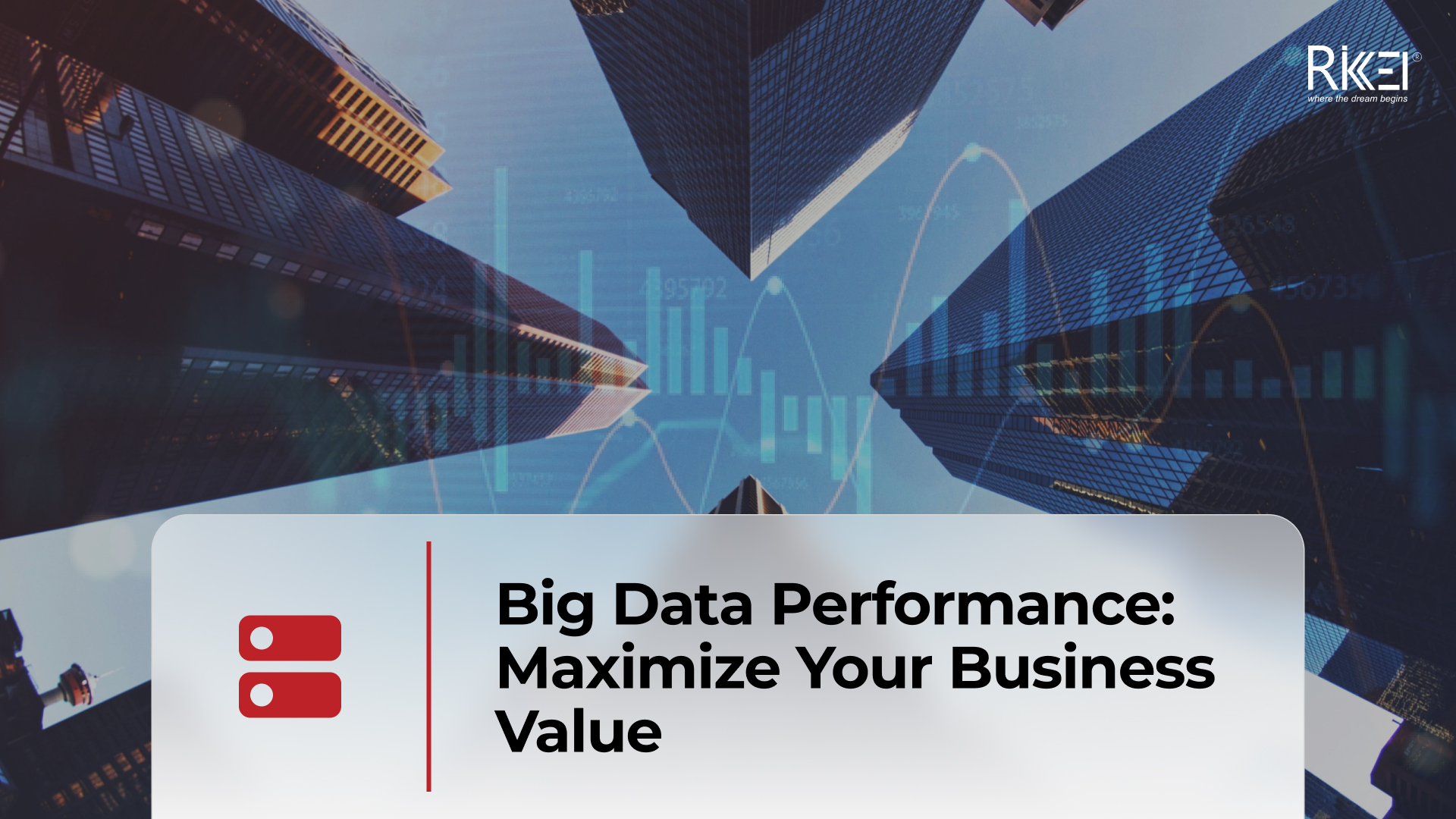
April 4, 2024
Big Data Performance: Maximize Your Business Value
In today’s data-driven world, organizations are constantly generating and collecting immense amounts of data to understand their customers more deeply. This data, often referred to as “big data,” holds immense potential for organizations to seek opportunities and overcome challenges. But accessing and analyzing big data isn’t enough to have proper strategies; organizations must pay attention to […]

April 4, 2024
How Real-Time Data Analysis Empowers Your Business
In today’s fast-paced business landscape, the ability to quickly make data-driven decisions has become a key differentiator for success. Real-time data analysis, the process of analyzing data as soon as it’s generated, has emerged as a powerful tool to empower business across industries. By leveraging real-time data analysis, organizations can gain timely and actionable insights, […]

April 4, 2024
Differences Between Data Science and Computer Science
Data Science and Computer Science are distinct fields overlapping in certain areas but have different focuses and objectives. The article below will help you clearly understand the differences and the close connection between the two fields. What is Data Science? Data Science is an interdisciplinary field that combines scientific methods, processes, algorithms, and systems to […]
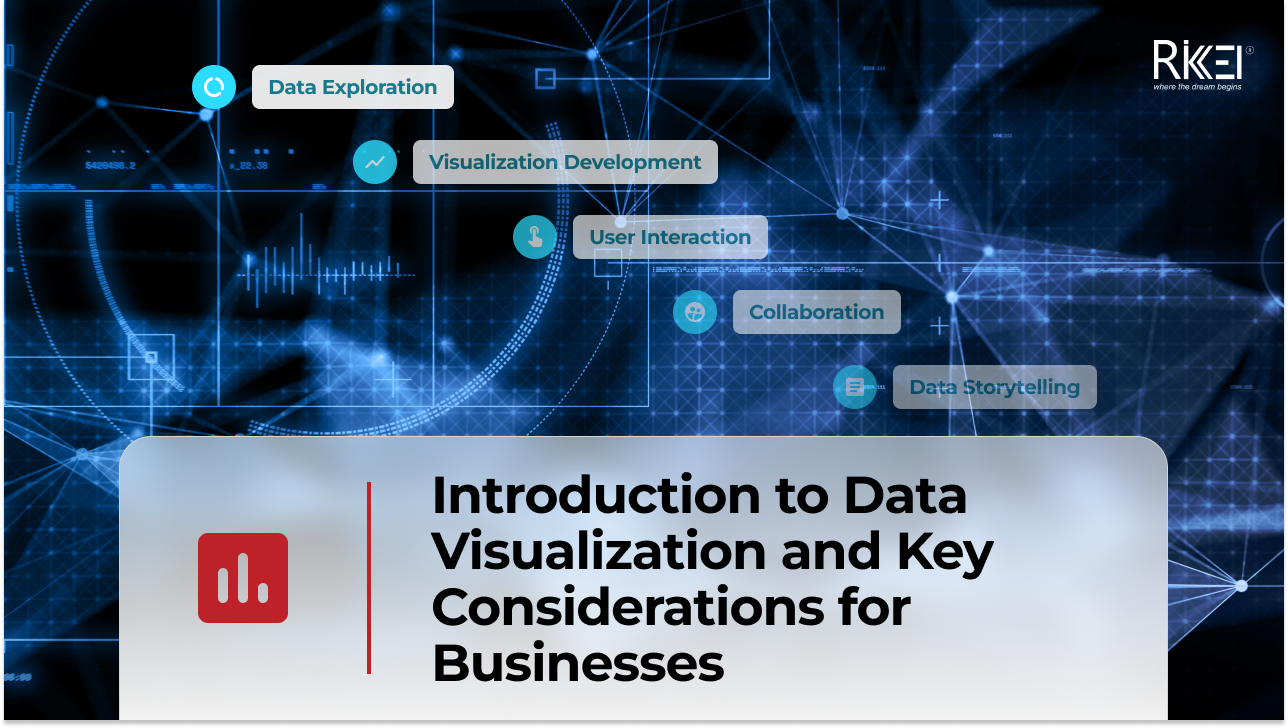
March 28, 2024
Introduction to Data Visualization and Key Considerations for Businesses
In your opinion, what is data visualization? Your main goal is to communicate your recommendations engagingly and effectively, right? To achieve this, let’s immediately explore a method that can represent information with images. What is Data Visualization? Define data visualization and their roles in organizations First, you need to find the answer to the question: […]
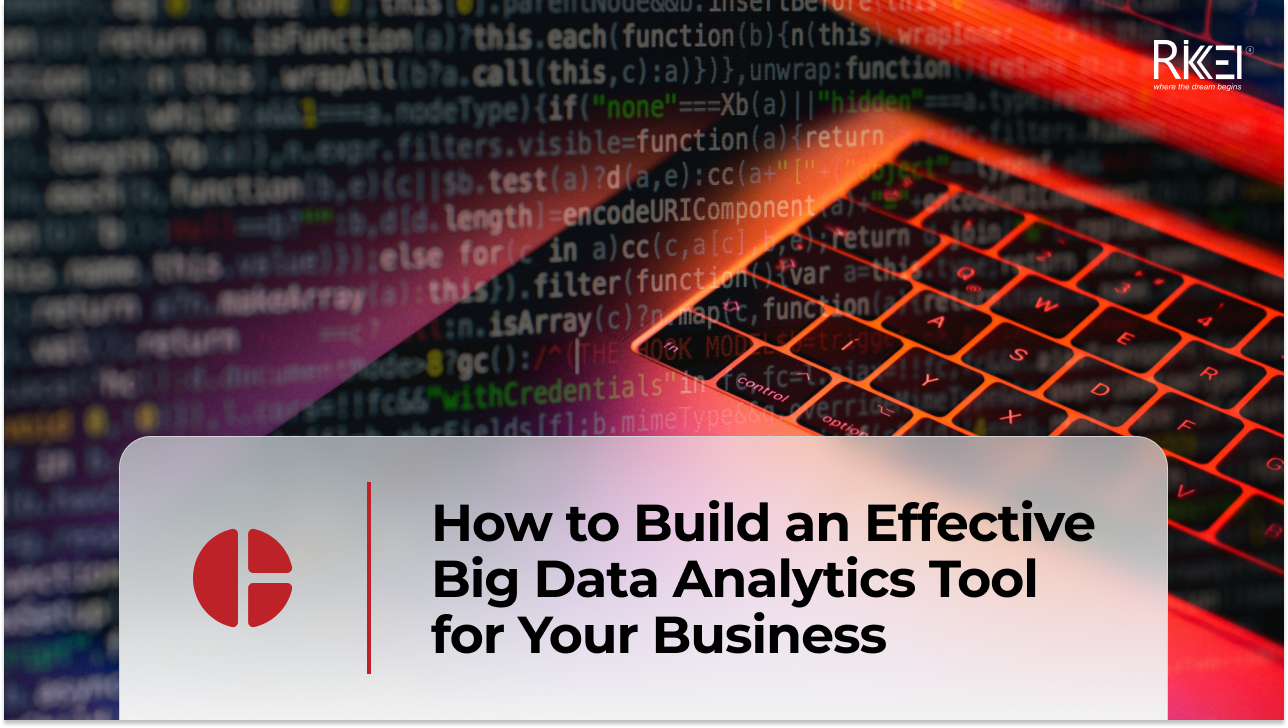
March 21, 2024
How to Build an Effective Big Data Analytics Tool for Your Business
Building an analytics tool for a business brings several significant benefits, especially in today’s business environment where data is becoming larger and more complex. So how to build an effective analysis tool for businesses, follow the article below! Assessing Business Needs Assessing business needs involves understanding the requirements, goals, and challenges of a business or […]
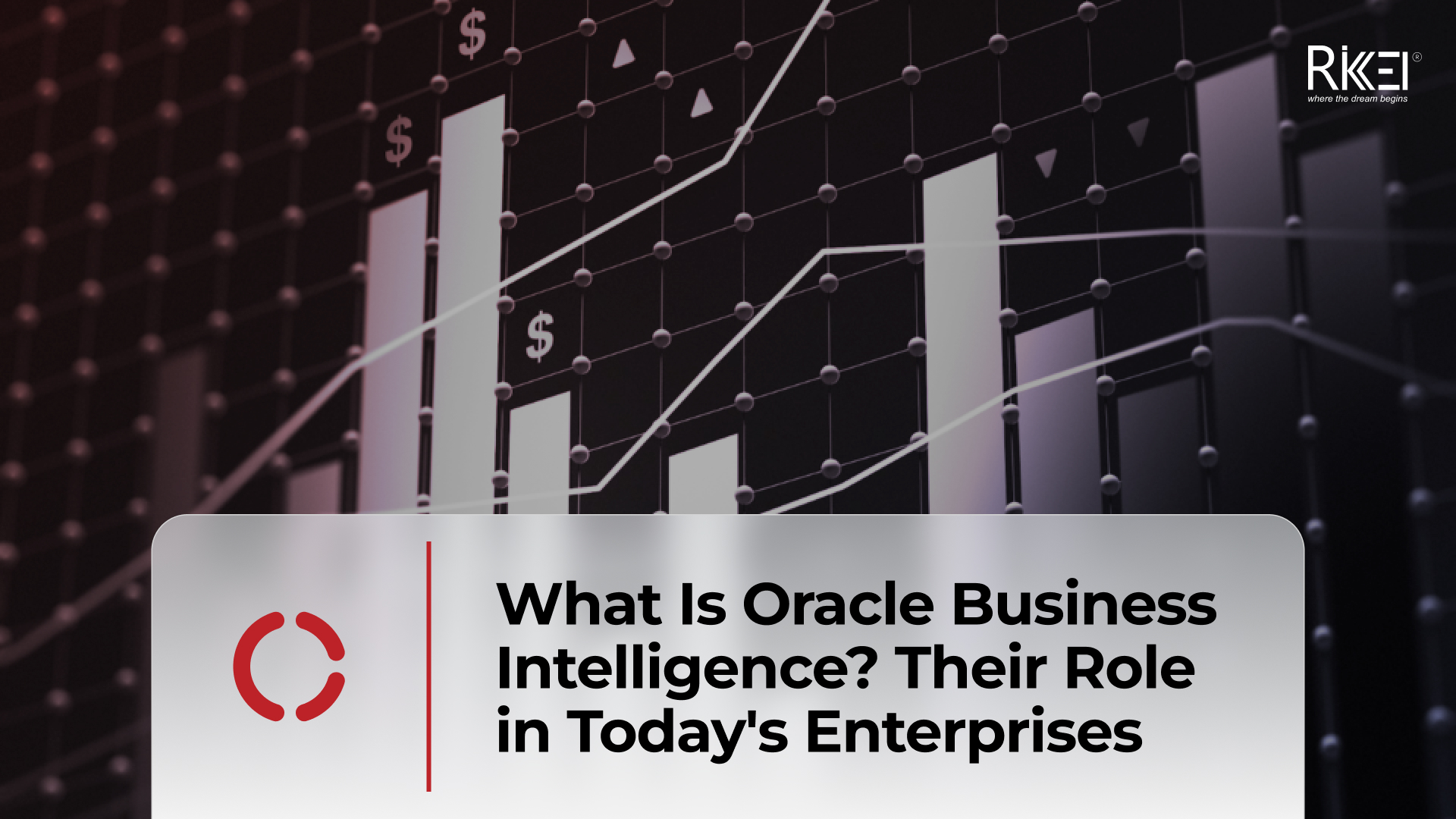
March 14, 2024
What Is Oracle Business Intelligence? Their Role in Today’s Enterprises
Oracle Business Intelligence (BI) refers to a suite of tools, technologies, and applications designed to help organizations collect, analyze and present business data. The primary goal of Oracle BI is to provide actionable insights to support decision-making within an organization. Oracle BI encompasses a range of products that enable users to gather, process and visualize […]

